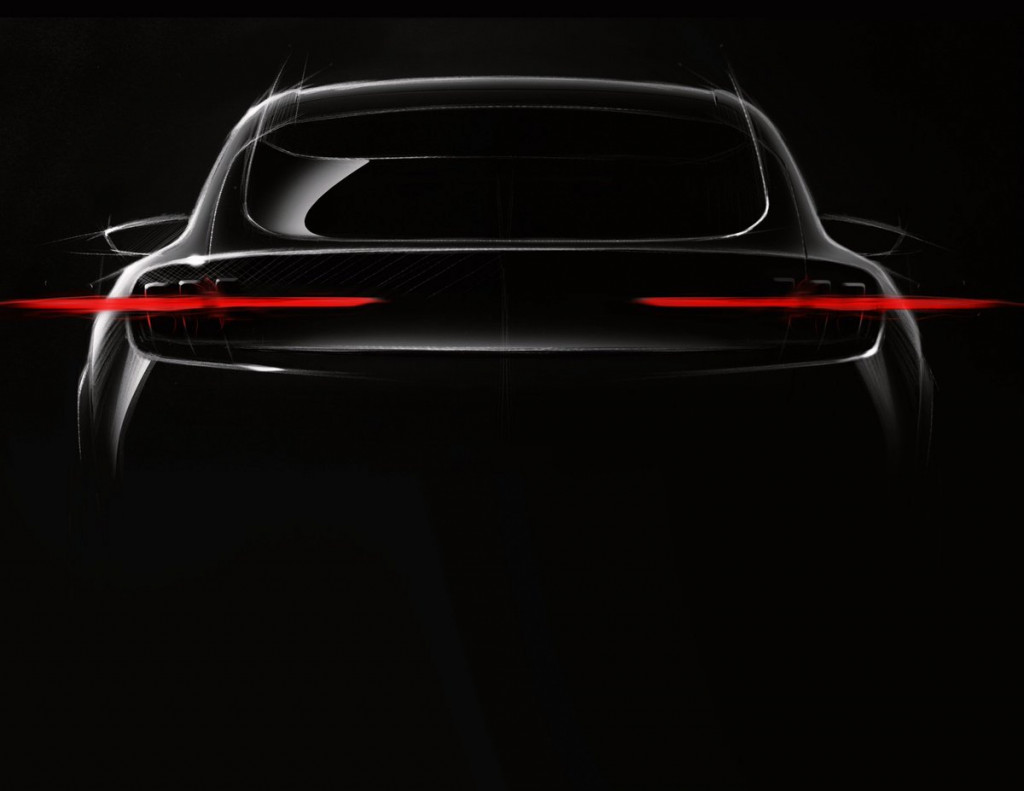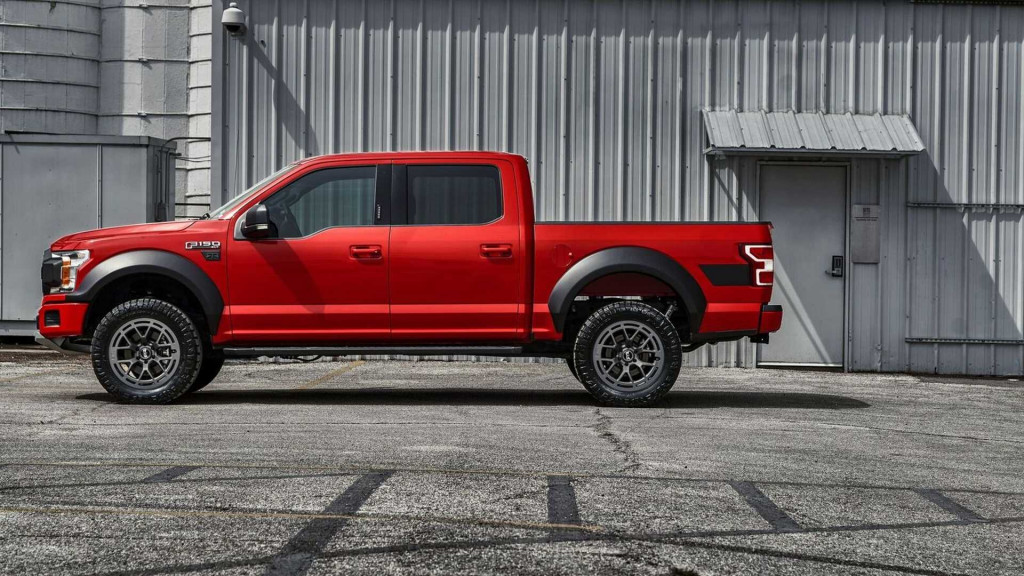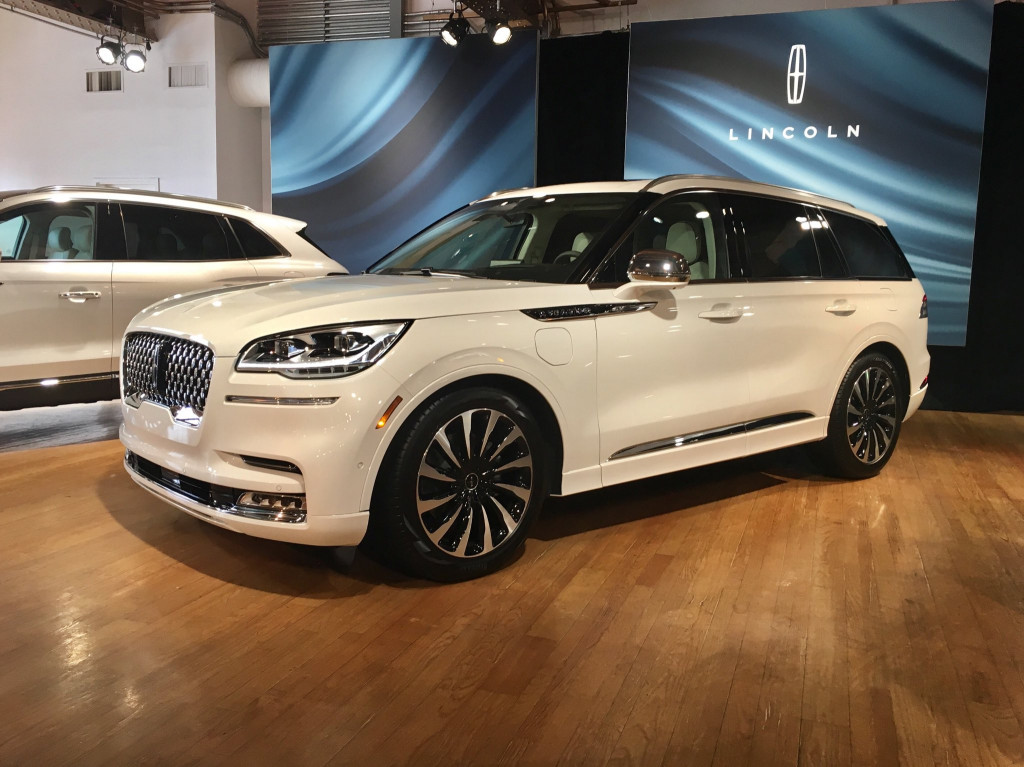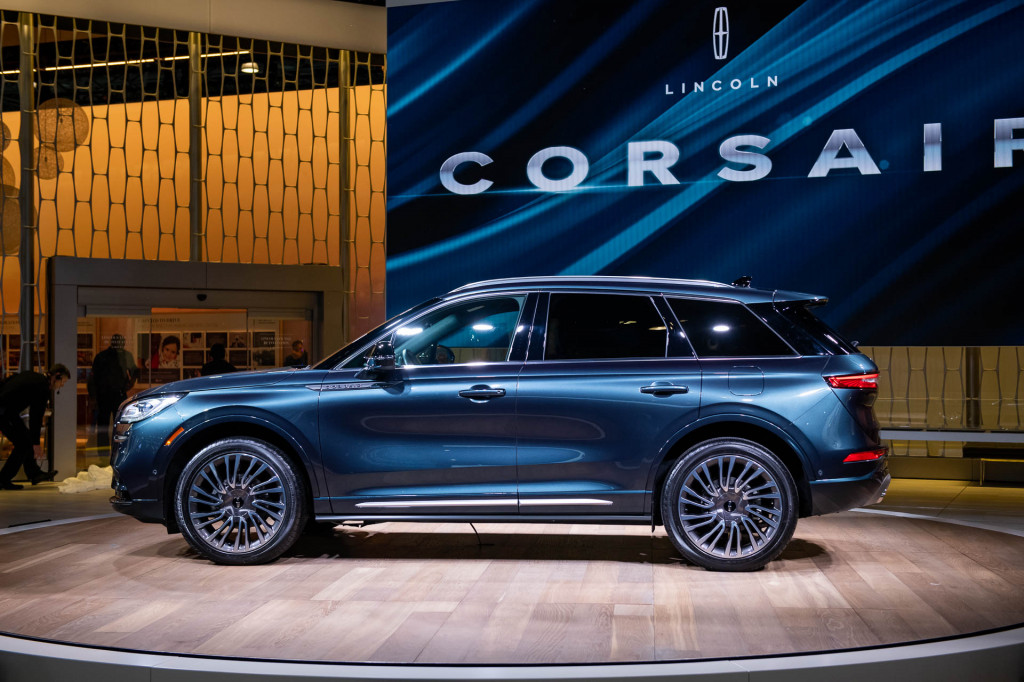With last week’s announcement of a strategic partnership with electric truckmaker hopeful Rivian, cemented by a pending $500 million equity investment, Ford Motor Company is covering the bases for how the market might evolve and assuring multiple paths toward a future where vehicles with charge ports are the norm.
“Across the world, we're fortifying our franchise strengths in trucks, commercial vehicles, and performance vehicles and bolstering our SUV franchise, executing the unique approach to electric vehicles that takes advantage of our strongest nameplates,” said Ford CEO Jim Hackett on Ford’s Q1 earnings call, the day after the Rivian announcement.
In Ford’s business update the company noted its strengthened electric vehicle plan, which includes a future vehicle developed with Rivian.
Ford said in March 2018 that globally it will be creating 16 fully electric vehicles and 40 electrified vehicles through 2022. Everything the company has said since then about electrification fit neatly into that frame—except for one other thing, autonomous vehicles, which we’ll get to.
THE ELECTRIC CARS
Here, rounded up, are at least some of the fully electric vehicles that Ford has in the works:

2020 Ford electric SUV teaser
Mustang-influenced electric crossover. Ford has been pushing ahead with its plan to build this much-anticipated alternative to the Tesla Model Y. To make sure that the vision doesn’t become too diluted (or convoluted) along the way, it’s been focusing those efforts through a focused electric-vehicle team (Team Edison) that will guide it though all the way to production, delivery, and support.
Although Ford has dodged recent questions about pricing and position for this vehicle, which has been referred to as Mach 1 and Mach E, executives have at several points stressed the importance of affordability and noted that it’s one of the main targets for the project. The electric SUV will land in a middle ground between small EVs like the Hyundai Kona Electric and Chevrolet Bolt EV, and larger premium ones like the Audi E-tron and Tesla Model X. Based on comments from several company officials, expect it to start around $45,000 (or even less) when it arrives, in the second half of 2020.
Fully electric Lincoln crossover. As Ford’s North American president, Kumar Galhotra, said earlier this year, it will emphasize “understated, quiet luxury.” It could arrive as soon as 2021, which would beat the Cadillac EV we’re expecting to be a top alternative.
Other future “C-EV” vehicles—maybe even a sedan. The Ford (and Lincoln) electric vehicles are expected to be just the first two to be conceived on what Ford has described is a scalable electric vehicle platform. This platform, which was conceived to be in what’s called the C-segment globally, is intended to spawn an entire suite of electric-car variants. Although Ford is exiting the traditional, mainstream sedan fold, for instance, company officials have hinted to Green Car Reports that we may see the sedan form factor again in a niche—as a Lincoln EV, perhaps.
Fully electric luxury SUV. The Michigan-based company Rivian plans to introduce its R1T and R1S in the U.S. in late 2020. With last week’s announcement, the two companies will “work together to develop an all-new, next-generation battery electric vehicle for Ford’s growing EV portfolio using Rivian’s skateboard platform.” Rivian has already teased a tow rating of up to 11,000 pounds and a range of up to 400 miles, aided by battery packs of up to 180 kwh.

2019 Ford F-150 RTR
Fully electric F-150. Ford has confirmed it’s a project, but that’s about it. Since the F-150 is at the core of Ford’s heritage and profitability, you can bet it’s moving along, Rivian venture or not. Just don’t expect it to arrive quite as soon. But with continued U.S. demand for the Ford Expedition and Lincoln Navigator, which are based on the F-150, we could see this paying off in broader scope.
THE HYBRIDS (SOME PLUG-IN)
Unlike GM, which discontinued the Chevrolet Volt and sees electric as a near-term future for the company, Ford aims to push full hybrids and plug-in hybrids out in more of its next-generation vehicles:
2020 Ford F-150 hybrid. Separate from the fully electric F-150 project, Ford is producing an F-150 hybrid, and it’s due soon—as a 2020 model. The F-150 hybrid is expected to use a 10-speed automatic transmission, as part of a hybrid system that should still allow a wider range of engine-off coasting and idling without sacrificing much if any towing or hauling ability. Ford has teased that the F-150 will have a power takeoff for tools and worksites—a feature that would be even more useful with a charge port, if that’s a hint.

2020 Lincoln Aviator plug-in hybrid
2020 Lincoln Aviator plug-in hybrid. The Aviator plug-in hybrid will come with a version of Ford’s soon-to-be-ubiquitous 10-speed modular-hybrid transmission. It will be the top-performing version in the Aviator lineup as well, with a projected 450 horsepower and 600 pound-feet of torque. The Ford Explorer on which it’s based is (in the U.S.) only available as a hybrid, with the Explorer plug-in hybrid saved for Europe for now.

2020 Lincoln Corsair, 2019 New York International Auto Show
2020 Ford Escape plug-in hybrid and 2020 Lincoln Corsair plug-in hybrid. These models arrive later in 2019 and employ a revised version of the variable-ratio/planetary hybrid system Ford has used in a number of other hybrid products, including the C-Max Energi and going back to the previous Escape Hybrid.
2020 Ford Mustang hybrid. A hybridized version of Ford’s 10-speed automatic transmission is also going to be the basis for the Hybrid Mustang. The hybrid pony car is likely to gallop to the performance potential of hybrid tech rather than eke out every possible mpg—possibly with a V-8 still a part of the presentation.

New Ford Bronco
2021 Ford Bronco hybrid. Ford still hasn’t confirmed final specs for its much-anticipated Bronco—or even revealed its production form—yet the company long ago confirmed that it would arrive in leaner shape, with a hybrid version.













